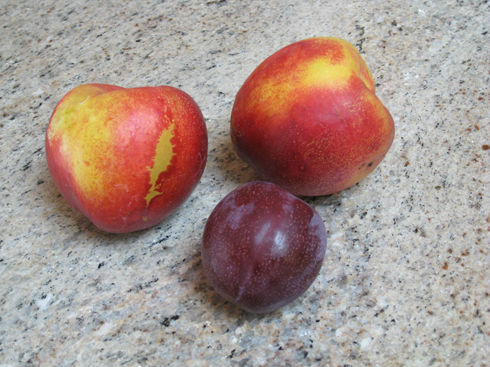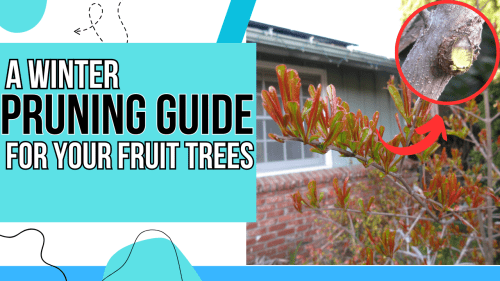A question came in to Ask Gardenerd this week about fruit trees:
“What peaches grow best and are most flavorful in Mar Vista? Also what types of plums/pluots? I live in west Mar Vista, CA. Thanks for your help and for the emails. – Reeba”
Before you decide which fruit trees you want in your home orchard, you need to determine which trees you can actually grow. That is to say, which will produce fruit in your climate. Let’s talk a bit about chill hours.
Southern California is warmer than most places year-round, so the number of “chill hours” are lower than most. Most fruit trees (except for citrus) and berries, require a certain number of chill hours in order to produce fruit in the growing season. What are chill hours? Technically they are hours with temperatures below 45 degrees, though some schools of thought include temperatures up to 55 degrees, depending on who you talk to. Others include hours between 32 -45 degrees as the guideline. Since SoCal rarely has temperatures below 32 degrees, we’ll leave that one off.
Some trees require 800-1000 chill hours in order to produce fruit. Mar Vista and other areas of Southern California (away from the foothills) don’t get nearly that amount. It’s more like 200-400. As of this writing, according to the University of California Pomology Weather Services, the Santa Monica area (Mar Vista’s nearest listed neighbor) has only received 41 chill hours so far this season. So it is possible that even low-chill fruit trees won’t bear fruit this year unless the area chills out a bit more between now and February. Professional growers have been able to coax fruit out of trees with higher chill requirements, but unless you’re unfazed by disappointment, we suggest sticking with low-chill guidelines.
So, given this information, it’s best to choose fruit trees appropriate for your area. Local nurseries can’t always be trusted to carry fruit trees that are right for your climate. Check your University Ag extension before buying, or go with trusted sources that post chill hours on the product.
Peaceful Valley Farms is good about doing this. Here’s a quick search for low-chill fruit trees on their website. Scroll down to view available varieties and base your decision on size (standard, semi-dwarf or dwarf) and habit. You’ll also want to take into consideration whether the fruit tree needs a pollenizer or not. Some are “self-fruiting” while others require another variety nearby in order to pollinate.
Once you make those decisions, your choices will be reduced to the point that you can probably make a decision easily. Here are Dave Wilson’s picks for low-chill fruit trees for Southern California.
Thanks for your question, Reeba. We hope it helps you choose your trees this season.





A chill hour is one hour that the temperature is under 45 degree Fahrenheit during the winter while deciduous fruit trees are dormant. Some varieties of trees requires less amount of “chill hours” to fruit, while others require more. So it is important to know about how many chill hours a location receives, so that you choose an appropriate variety for the amount of cold you receive. Our nursery is in Southern California, so we have mild winters and grow low chill varieties of fruit trees.
http://www.paradisenursery.com
Hi Christy….
It is true that plant a tree according to the weather or climate is very important. Your points are really appreciable. Nice information on Chill Hours. So lets plant the trees according their chill hours. Thanks 🙂